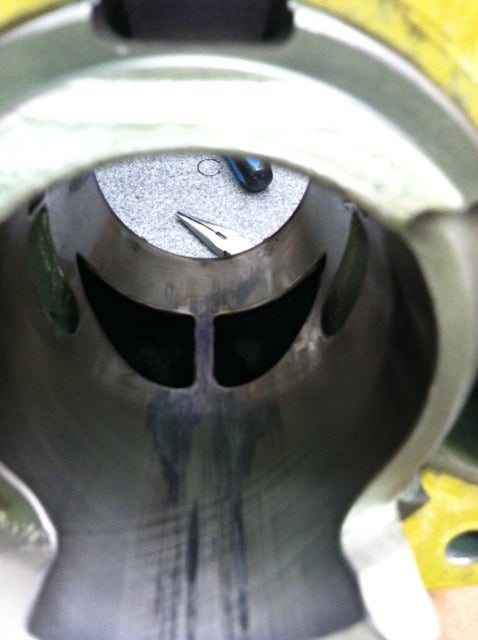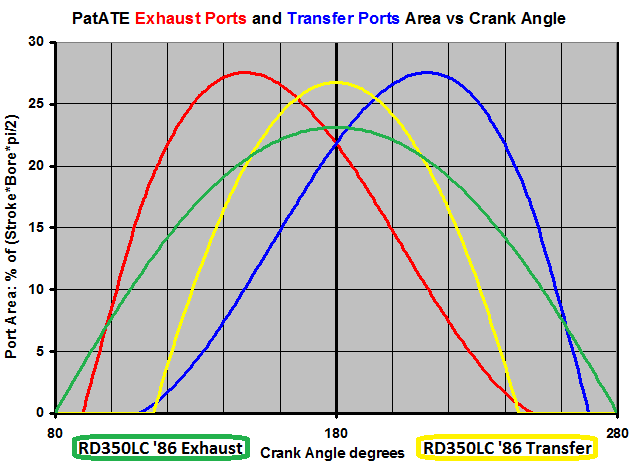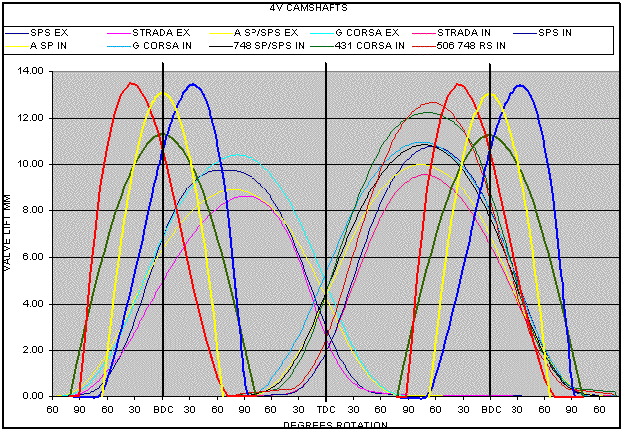Hello Henry.
You write:
“I'm familiar with Manolis' CVT. typically clever.
I owned a couple of CVT vehicles and really liked them. But the general public didn't. They liked engine revs to rise as they got faster. So more recent CVTs mimic umpteen speed gearboxes, such as in the Honda Jazz. This sort of cultural inertia would, I suspect, be a significant handicap if anyone wanted to sell two strokes for road use to a general audience.”
Thanks Henry.
The US patent for the PatBox CVT is to be granted in a few weeks (as agreed with the Examiner).
The GB2,526,675 UK patent for the PatBox has been granted a year, or so, ago.
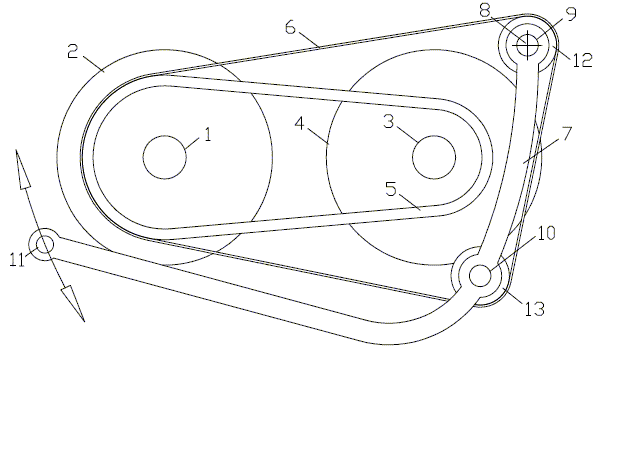
An important characteristic of this CVT is that when the driver / rider likes so, he can turn it to a “manual” gearbox having infinite, if desirable, gear ratios.
As the guy who built the first PatBox prototype (video:
https://youtu.be/Ou3dBx-O-V4 ) for a 50cc moped wrote:
“Tonight I went to the store.
Coming back I had to gun it uphill to catch the yellow.
The bike just went uphill so fast compared to my other tune I had on it.
It is nice to let the gearing do the work sometimes, and let the revs work other times.”
This is the idea: to let the gearing do the work sometimes, and let the revs work other times.
You also write:
“I base this suggestion on many years of observation during cycle commuting. A significant proportion of those about me rode in a single gear, up hill and down dale, even when they had 3,5,10, or even 20, to choose from. Their lack of physics knowledge extended to leverage, with a significant number pressing with their heels or insteps effectively treating their lower legs as sticks.”
As it is now, to shift to another gear ratio in a conventional bicycle is not so simple or easy for the average bicyclist.
Maybe this is the reason for using the same gear at all conditions.
With the PatBox CVT on a bicycle, all it takes in order to up-shift or to down-shift is a push or pull of the lever for, say, a couple of centimetres. And you have infinite gear ratios.
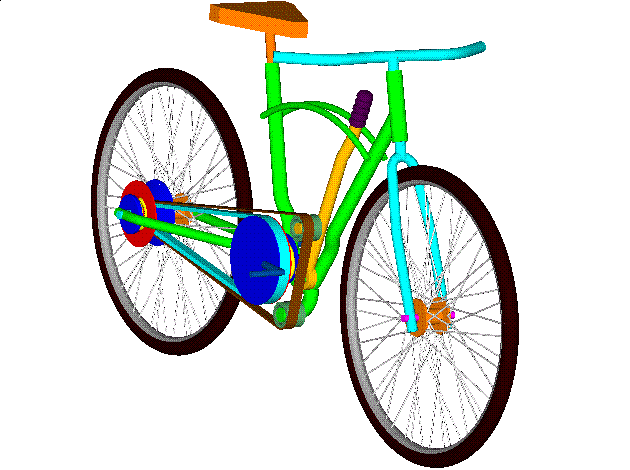
Thanks
Manolis Pattakos



